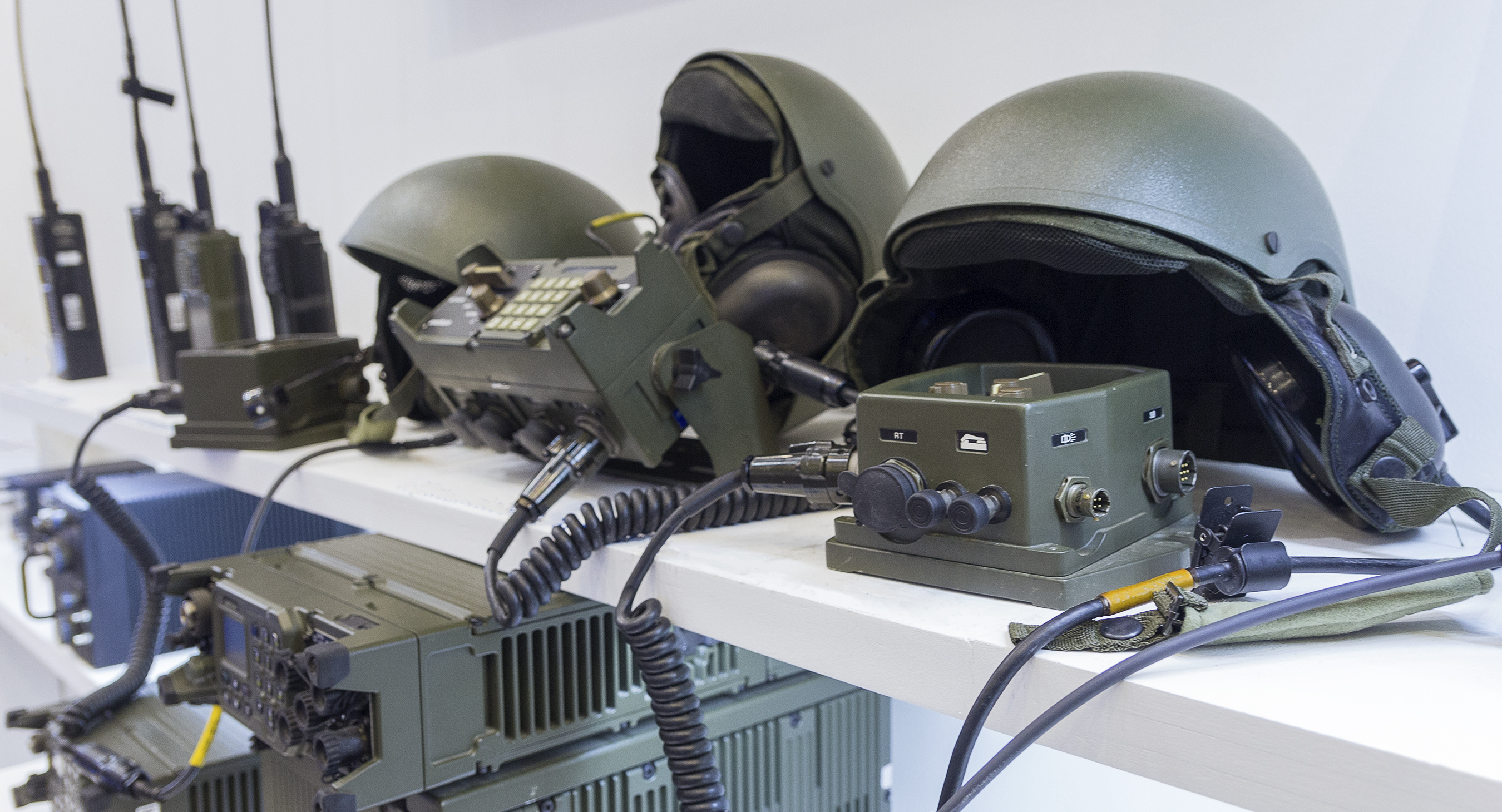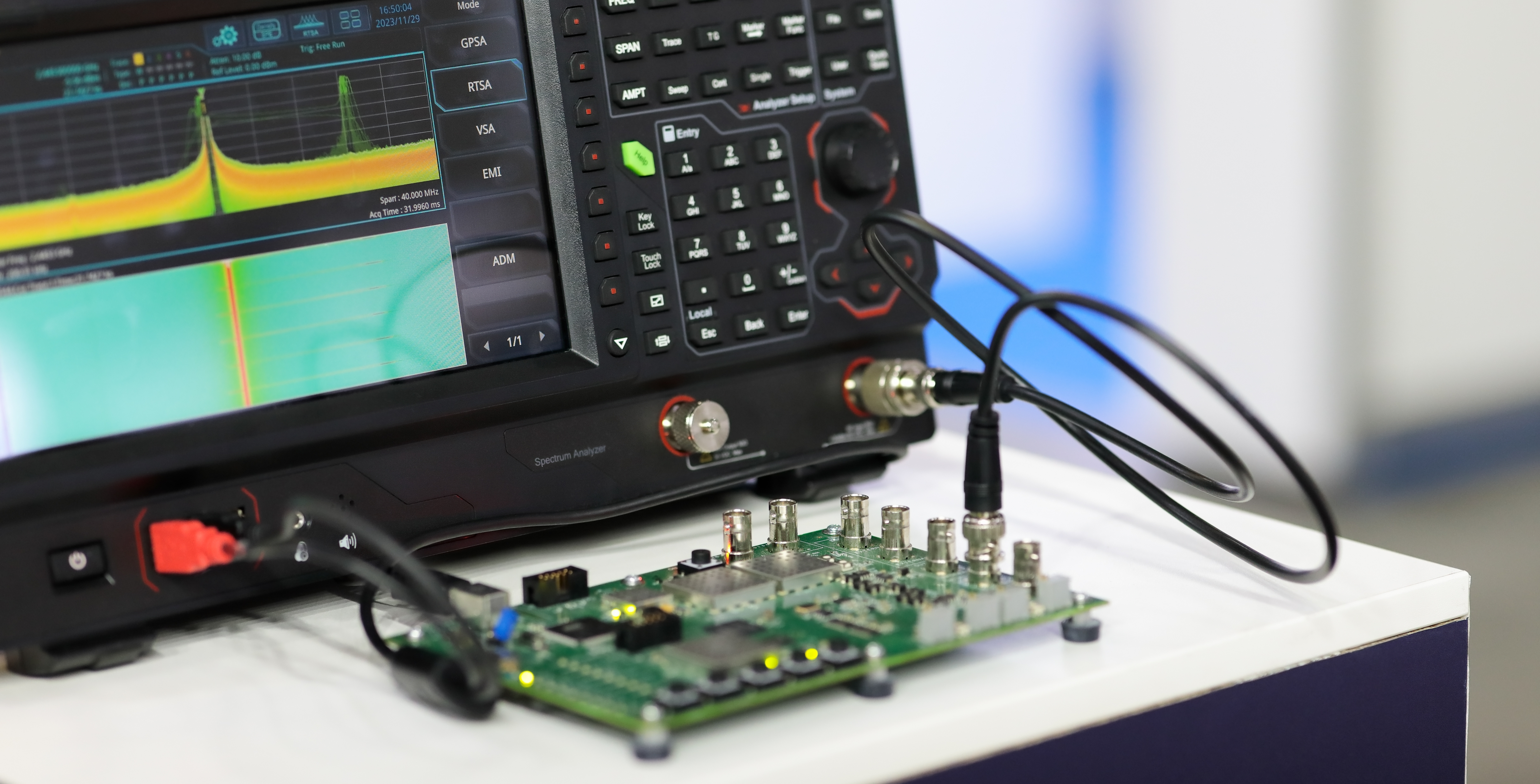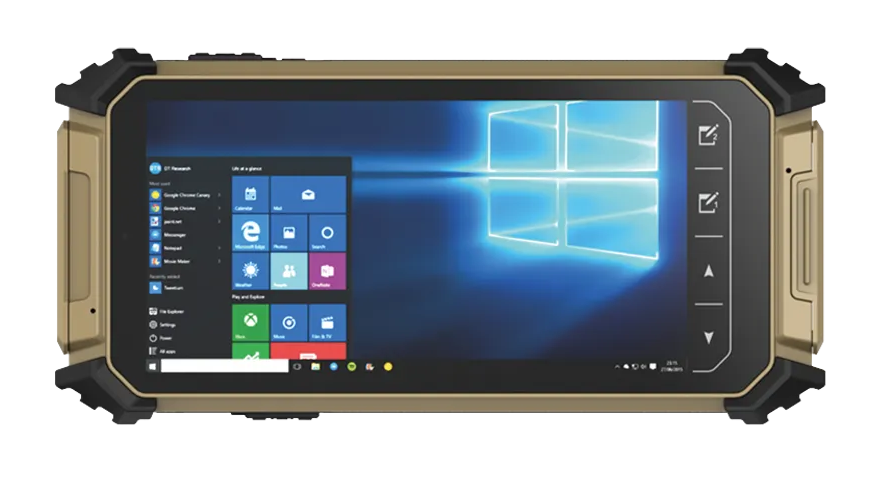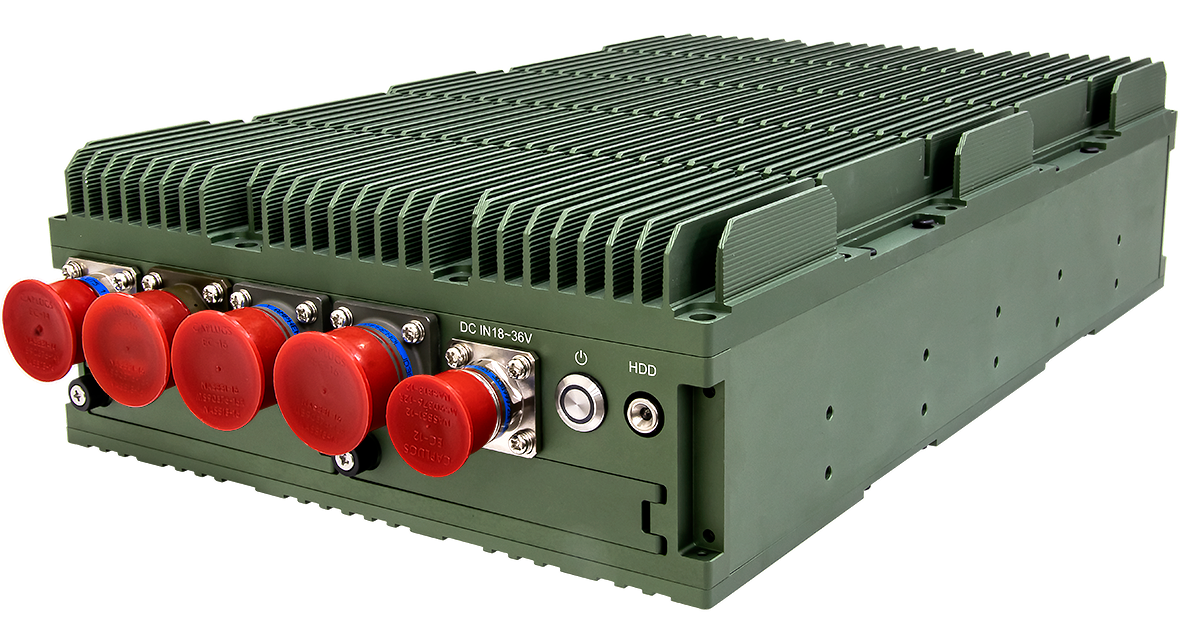Understanding MIL-STD Certifications: Ensuring Ruggedness in Extreme Conditions
Posted on 30/08/2024

In demanding environments where reliability is non-negotiable, MIL-STD certifications are essential for ensuring that your equipment can withstand extreme conditions. Originally developed for military applications, these standards are now widely used across various industries where devices must endure harsh environments, including shock, vibration, and temperature extremes.
In this blog, we’ll explore what MIL-STD certifications are, why they matter, and how they apply to rugged devices like tablets and laptops.
What is MIL-STD?
MIL-STD, short for Military Standard, refers to a series of testing protocols developed by the U.S. Department of Defense. These protocols ensure that equipment can operate reliably under the extreme conditions often encountered in military operations. However, their application extends beyond the military to industries like aerospace, automotive, and industrial manufacturing, where equipment must perform under severe stress.
- MIL-STD-810: The most widely referenced standard, MIL-STD-810 covers a variety of environmental tests, including shock, vibration, temperature, humidity, and more.
- MIL-STD-461: This standard addresses electromagnetic interference (EMI) and electromagnetic compatibility (EMC), ensuring that devices can operate without interference from or to other equipment.

Key Tests in MIL-STD-810
MIL-STD-810 includes a comprehensive range of tests designed to simulate the various environmental conditions that equipment might encounter. Here are some of the most critical tests:
- Shock and Vibration:
- Purpose: These tests ensure that the equipment can withstand sudden impacts or continuous vibrations that could damage internal components or cause malfunctions.
- Applications: This is particularly important for rugged tablets used in environments like construction sites or on-the-go military operations, where the risk of drops and vibrations is high.
- Temperature Extremes:
- Purpose: This test verifies that the equipment can operate in extreme heat or cold without performance degradation or failure.
- Applications: Rugged tablets, for instance, must handle the intense temperature fluctuations encountered in outdoor installations or in logistics settings, such as deep freeze warehouses.
- Humidity and Altitude:
- Purpose: These tests assess the device’s ability to function in high humidity or at different altitudes, conditions that can significantly impact performance.
- Applications: For rugged laptops used in tropical environments or high-altitude locations, these tests are crucial to ensure reliable operation even under challenging conditions.
- Sand and Dust:
- Purpose: This test confirms that the equipment is protected against the infiltration of fine particles that could damage internal components or obstruct airflow.
- Applications: Rugged laptops deployed in desert environments or industrial sites with high levels of airborne particles need this protection to maintain their functionality.
Why MIL-STD Matters
MIL-STD certification is a mark of reliability, indicating that a device has been rigorously tested to withstand the most demanding conditions. Here’s why it matters:
- Reliability: Devices that meet MIL-STD standards are built to perform in environments where other equipment might fail. For example, a rugged tablet that has passed MIL-STD-810 testing is more likely to survive the drops, vibrations, and temperature extremes of a construction site.
- Durability: MIL-STD-certified equipment is designed to handle physical stress, temperature fluctuations, and other harsh conditions, reducing the likelihood of failure. A rugged laptop, tested under MIL-STD standards, can endure the rigors of fieldwork without compromising its performance.
- Versatility: The broad range of tests covered by MIL-STD certifications makes these standards applicable across various industries and environments, from military operations to industrial settings.

Choosing MIL-STD Certified Equipment
When selecting equipment with MIL-STD certification, consider the following:
- Relevant Tests:
Ensure that the device has passed the MIL-STD tests most pertinent to your environment. For instance, if you’re choosing a rugged tablet for use in a high-vibration setting, make sure it has undergone extensive shock and vibration testing. - Industry-Specific Needs:
Think about the specific demands of your industry. In logistics, for example, rugged tablets might need to prioritize temperature and humidity resistance to handle the conditions of a cold chain environment. - Manufacturer Credibility:
Opt for manufacturers with a strong track record in producing MIL-STD-certified equipment. Customer reviews and case studies can provide insight into the real-world performance of their devices.
 |  |
Conclusion
MIL-STD certifications are critical for ensuring that your equipment can withstand the harshest environments. By understanding these standards and their implications, you can make informed decisions when selecting rugged tablets or laptops for your specific needs.
Want to learn more?
Contact us for advice on choosing the right MIL-STD-certified device for your application, or explore our other articles on rugged computing solutions.
